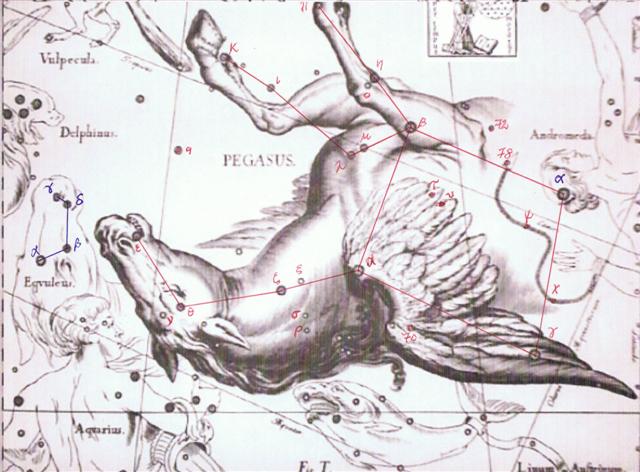In my new way of presentation it
could in principle not be necessary to look at
the opposite side of the sky or year (where Sun
made star observations impossible), and we
should do it only when we are searching for
clues as to the meaning of the text - because
the opposite side of the sky (year) ought to
show the inverted Signs, for instance an open
mouth instead of a closed mouth.
|
¬
Mayan arrow of time |
 |
 |
|
Moan |
Zotz |
|
Polynesian arrow of time
® |
 |
 |
|
moa
(Cb1-11) |
moa ohoa |
|
'evening' |
'morning' |
But we need a new tool, and this
should be the
distance between the glyph numbers and the RA day
numbers.
Cb1-11 is glyph 403 and in
rongorongo times the RA day of
Toliman was 221 = 403 - 182:
|
October 18 |
19 |
20 |
21 |
 |
 |
 |
 |
|
Cb1-1 |
Cb1-2 |
Cb1-3 |
Cb1-4 |
|
E tupu - ki roto |
o te hau tea |
ki te henua - te maro |
|
φ Centauri
(211.0), υ¹ Centauri (211.1) |
υ² Centauri
(211.8), τ Virginis (211.9), Agena (212.1),
θ Apodis (212.5) |
14h (213.1) |
no star
listed |
|
Thuban (212.8),
χ Centauri (213.0), Menkent (213.1) |
|
October 22 |
23 |
24 |
 |
 |
 |
|
Cb1-5 |
Cb1-6 |
Cb1-7 (399) |
|
Svāti-15 /
Neck-2
/ A3 / T6 |
Al Ghafr-13 |
ψ
Centauri (216.6), ε Apodis (216.8) |
|
Asellus
Tertius, κ
VIRGINIS, 14 Bootis (214.8), 15
Bootis (215.2)
ARCTURUS (215.4), Asellus
Secundus (215.5) |
SYRMA, λ
Bootis (215.6), η Apodis (215.8), ι
Lupi, 18 Bootis (216.3), Khambalia
(216.4), υ Virginis (216.5) |
|
October 25 |
26 |
27 |
28 |
 |
 |
 |
 |
|
Cb1-8 |
Cb1-9 |
Cb1-10 |
Cb1-11 (403) |
|
Asellus
Primus (217.8), τ Lupi (218.1) |
φ Virginis
(218.7), σ Lupi (219.1), ρ Bootis
(219.5) |
Haris
(219.7). σ Bootis (220.2), η Centauri
(220.4) |
ρ Lupi
(221.0), Toliman
(221.2) |
|
rutua - te pahu - rutua te maeva
- atua rerorero - atua hiko ura - hiko o
tea - ka higa te ao ko te henua ra ma te
hoi atua |
The difference 182 days
could reflect the difference between March
22 and September 20, 263 - 81 = 182:
|
Side a |
|
March 21 |
22 (81) |
23 |
283 |
107 |
|
l |
 |
 |
|
- |
Ca1-1 |
Ca1-2 |
390 |
|
- |
koia |
ki te hoea |
|
0h (0.0) |
ε Phoenicis (0.8) |
Uttara Bhādrapadā-27 /
Wall-14 |
|
Caph,
SIRRAH (0.5) |
ALGENIB PEGASI
(1.8),
χ Pegasi (2.1) |
|
September 19 |
20 (263) |
21 |
|
ο Virginis (182.1) |
12h (182.6) |
MINKAR
(183.7), ρ Centauri (183.9) |
|
ALCHITA,
Ma Wei (183.1) |
In other words, the glyph
with number
182 ought to have coincided with those stars which rose
with the Sun in March 21:
|
Dschuba 7 |
8 |
9 |
10 (128) |
|
September 18 |
19 |
20 |
21 (264) |
 |
 |
 |
 |
|
Ca7-13 |
Ca7-14 (182) |
Ca7-15 |
Ca7-16 |
|
marama |
kua hua - ki te
marama |
kua hahaú hia |
te marama noho i
te nohoga |
|
π Virginis (181.0) |
ο Virginis (182.1) |
12h (182.6) |
Minkar (183.7),
ρ Centauri (183.9) |
|
Alchita,
Ma Wei (183.1) |
|
March 20 |
21 (80) |
22 |
23 |
|
Saad Al Saud 10 |
11 |
12 |
13 (311) |
|
τ Phoenicis (363.9) |
Caph,
Sirrah (0.5) |
ε Phoenicis (0.8) |
Algenib
Pegasi (1.8) |
Instead of reducing the day
numbers with 80 we can reduce the glyph
numbers with 182.
September 21 (264) - 80 =
184 (RA day for Minkar, ε Corvi). Glyph number 184 -
182 = 2 was the RA day for Algenib (γ)
Pegasi.
In Ca7-16 there is a 'Sun' in
front, although it should rather refer to the
approaching Full
Moon. Metoro said te marama noho i
te nohoga which probably refers
to how the Moon is residing in her 'seat' (nohoga).
Hevelius has Algenib positioned far
down on the right wing tip, where the shadow
is beginning, amd probably he used
γ Pegasi
as a sign of autumn equinox south of the
equator:

The back of the head of
Andromeda could correspond to the front part
of Ca7-16, because the growing Moon crescent
is on Easter Island oriented in the opposite
way compared to the situation north of the
equator.
In principle we could get rid of the
Gregorian dates altogether, but I will keep
them in order to 'navigate' better.
|












